This is Claremont: The second installment in an occasional series
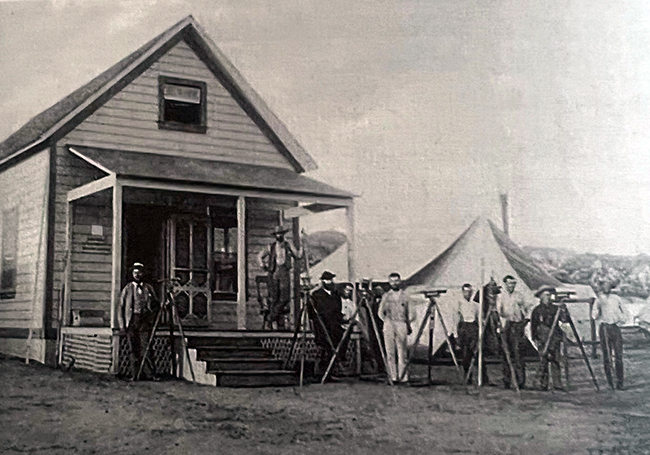
Henry Austin Palmer, the father of Claremont, is shown third from the left surveying the future townsite of Claremont. Photo/courtesy of Claremont Heritage
By John Neiuber | Special to the Courier
Citrus ranchers and local developers were successful in lobbying the Atchison, Topeka, and Santa Fe Railroad to select the northern route and complete it in 1887, creating the opportunity to establish the townsite of Claremont.
Harold H. Davis tells us in the 1941 book, “This is Claremont,” that in March of 1887, the Pomona Progress newspaper reported, “A large gang of brush cutters are at work cleaning the land of all the undergrowth and trees which will be in the way of streets, avenues and parks. The prospects are that before the railroad shall get to Claremont from San Bernardino that a large sized town will be in existence there. A hotel, bank and newspaper are already promised. Claremont springs into existence with a fine ‘back country’ already thickly settled with an intelligent set of thrifty fruit-growers who are pleased to have a shipping point on a transcontinental railroad.”
Optimism was high for the predicted fast-growing Claremont. Promoters advertised lots of 50 by 150 feet in size. Anticipating that business sites will be in high demand, those sites were only 20 feet wide. Everywhere there were white lot-stakes that the boom promoters placed among the sagebrush, where one had to dodge large shrubs and boulders.
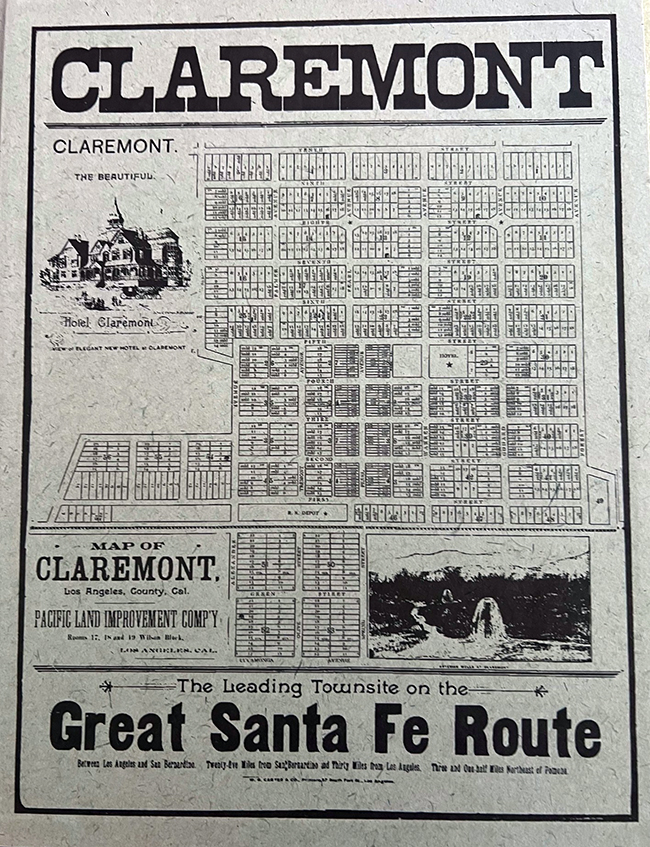
This poster was distributed throughout Southern California featuring the proposed Hotel Claremont and an abundance of water. Photo/courtesy of Claremont Heritage
Thousands of poster maps were distributed in Los Angeles and throughout Southern California that showed the blocks and lots of the planned utopia. The poster contained a photo of its soon to be completed hotel. At the bottom an artesian well was shown.
“CLAREMONT THE BEAUTIFUL,” the poster proclaimed. “Close to the mouth of the picturesque San Antonio Canyon is located the leading townsite of all the new country developed next to the foothills of the lofty Sierra Madre Mountains.” Sierra Madre was the former name of the range we now know as the San Gabriel Mountains. The name was changed by the U.S. Department of the Interior, after the United States Geographic Board decided in 1927 that “Sierra Madre is too pretentious for application to this little group.” Today, the only indication that the mountain range had a different name remains with the City of Sierra Madre.
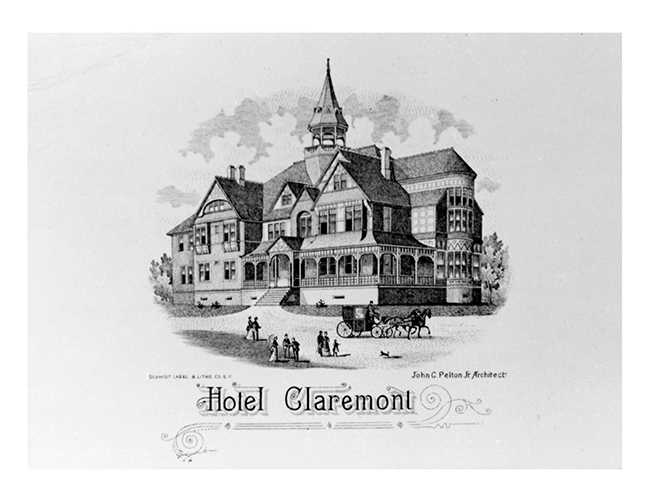
The Hotel Claremont was built, but the land boom went bust and it was never occupied. Photo/courtesy of Claremont Heritage
The promoters listed seven reasons Claremont was chosen for the townsite; first, because of the perfect altitude. Second was the unlimited artesian water supply. Third was because of the “unsurpassable scenery, valley and mountain.” Fourth, the giant live oaks and sycamores that could be found everywhere. Fifth was what they called “the great natural park that covers miles of territory,” touting it as “oak trees that an English lord would have given ten thousand dollars per acre to possess.” Sixth was the “fertile country covered with countless orchards of Apricot, Orange, Peach, Pear, Apple, and the almost endless list of fruits and vineyards.” For the seventh reason, it was touted that the roses in Claremont bloomed all year round and are not equaled in the entire world.
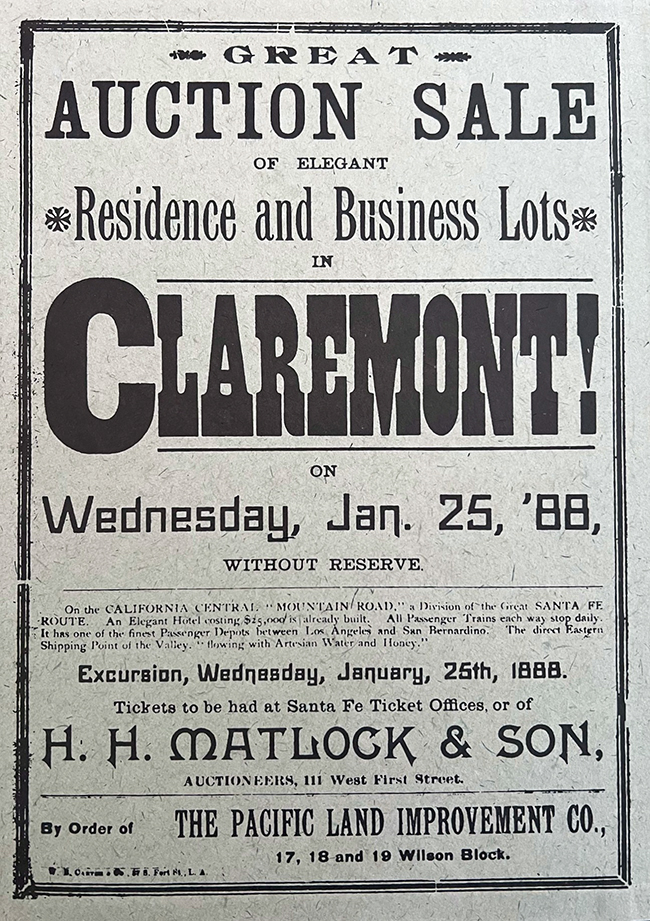
The hopes and dreams of the developers all rode on the auction of residential and business lots in January, 1888. Photo/courtesy of Claremont Heritage
Lots could be purchased for as little as $300 to $600, “almost a farm.” And the new hotel, “a beautiful structure,” would begin as soon as the railroad could deliver the material. In addition, the “Gothic Depot will soon be ready.” The final appeal of the poster is prophetic to the saying Davis used as the title of the book:
“CLAREMONT is simply a place for a home for people of refined tastes; for people who would make money catering to the wants of such a people; for people who, on a moderate salary in Los Angeles, long for a quiet country home amid the most charming surroundings; for people from the East who want a place for home that possesses all the natural attraction that makes life worth living for.”
Filled with the hype and hyperbole of the sales pitch, prospective buyers brought by special train were transported to the vantage point of the Indian Hill mesa, where a white-haired man would point with a sweeping gesture to the townsite below and was reported to have given this speech: “Now that is what I call beautiful. It looks as if the angels had taken lawn mowers and descended from heaven to fit this particular portion of the Lord’s footstool for the abode of man!”
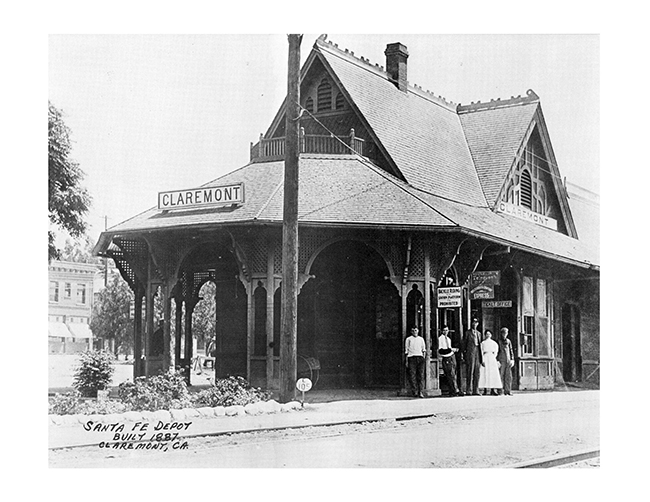
The first Santa Fe Railroad Depot was a Victorian building with gothic detailing. Photo/courtesy of Claremont Heritage
If a buyer would comment that it appeared to be stony ground, the gentleman would say, “Stones! Don’t you know that every stone is a little stove that keeps the soil warm and insures more rapid growth than you have ever known in your cold climate?
The modest price of lots would have brought in well over $80,000. But the boom broke. The bubble burst, and Claremont reverted to brush and stones, and the “white-painted stakes marked the burial place of the promoters hopes” and the “hollow shell of an unfurnished Hotel brooded over their betrayed dreams.”



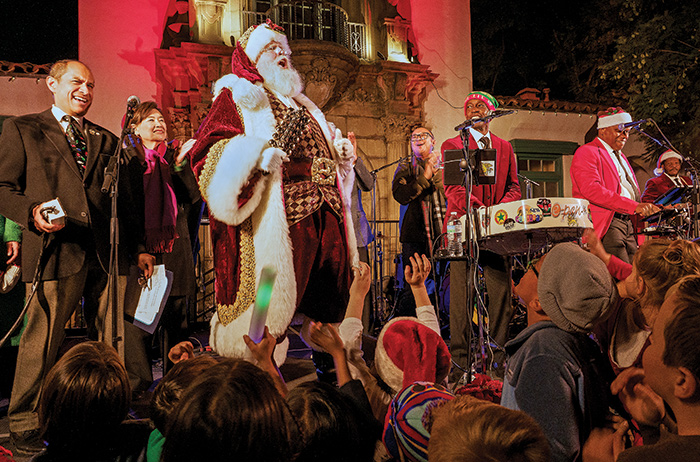
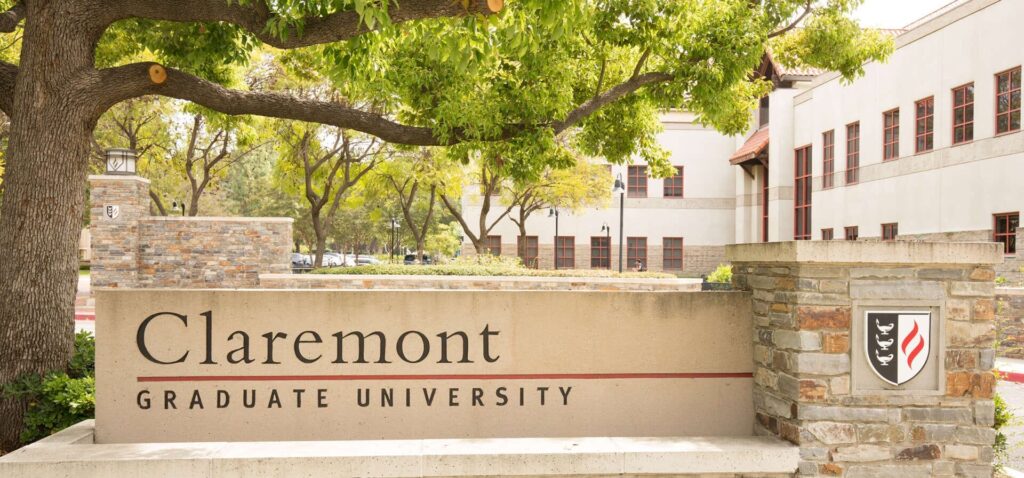





0 Comments